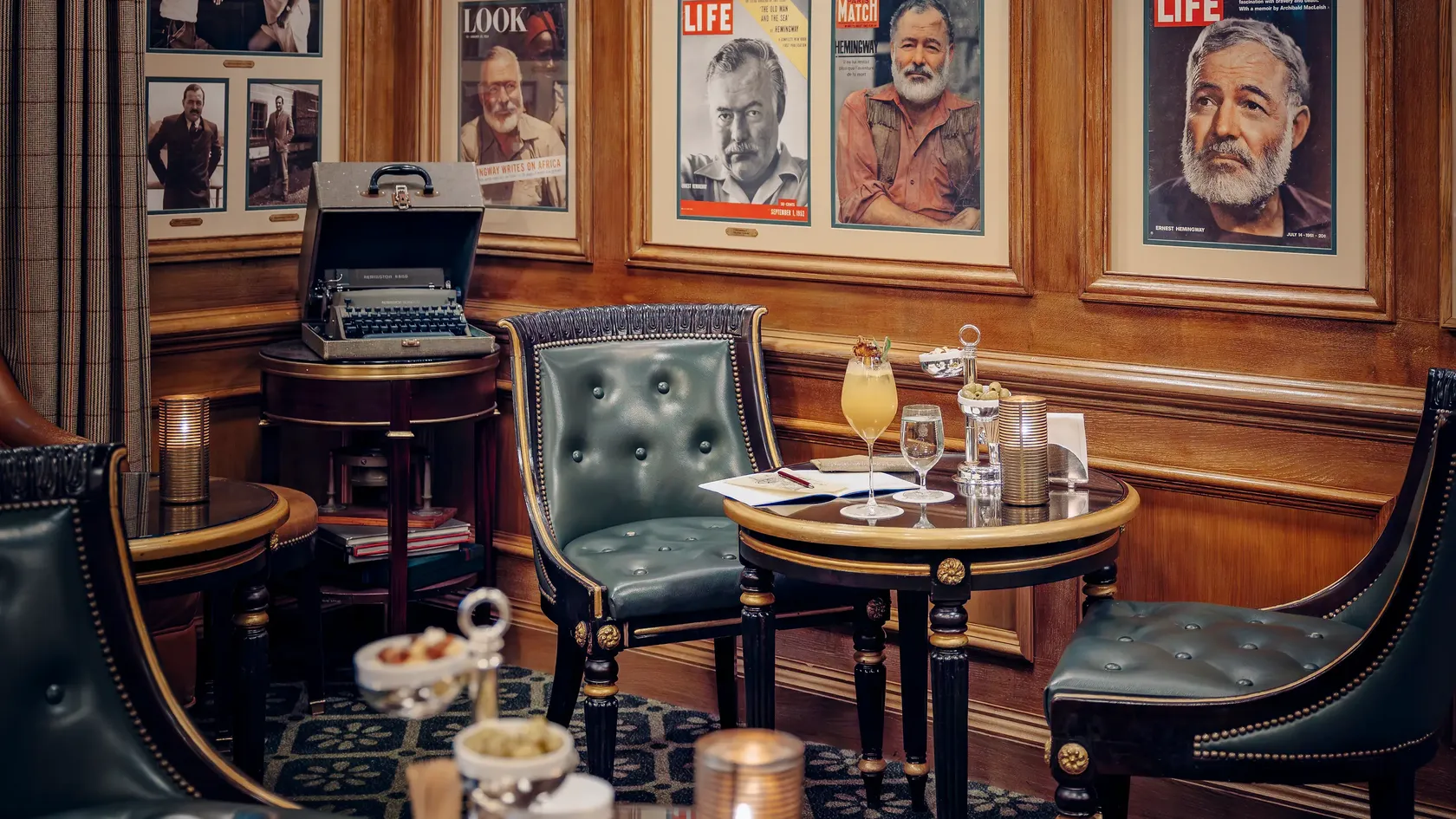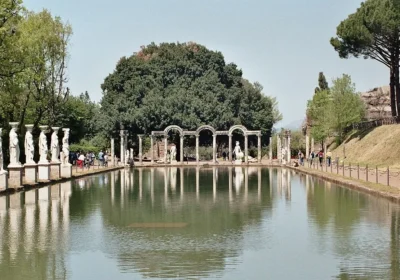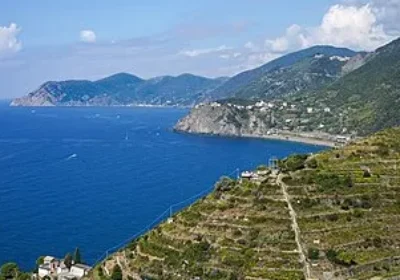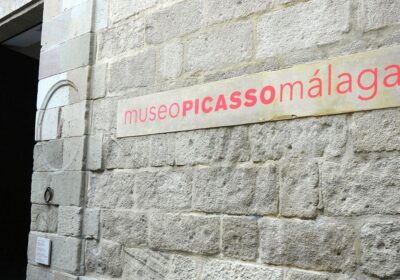Once his black-and-white portrait hung in every intellectual “Khrushchevka” apartment. A sweater, a gray beard, a squinting gaze. A hunter of lions, a hunter of fish and beautiful women, and finally, of himself.
A hunter of lions, a hunter of fish and beautiful women, in the end a hunter of himself. Ernest Hemingway. That name has an odor. It smells of salt and snow. It smells of blood and sadness and happiness. Because now we know for sure that you can’t beat a man. This writer has influenced several generations of people more than sometimes their parents….
In 1956, arriving in Paris, Hemingway received an unexpected gift in the hotel “Ritz”, where he often visited in his youth. In the basement of the hotel found two suitcases of the writer, which had been stored there since the late 20-ies. In them were his notebooks and manuscripts, which he himself considered lost … Going through them, Hemingway remembered the years of his youth and life in Paris. To his wife Mary Welch, he would later confess: “It’s amazing, but it turns out it was as hard for me to work then as it is today.” So he decides to write about his life in the 1920s. Memories of Paris, he will call “A holiday that is always with you.”
Ernest Hemingway lived in Paris from 1921 to 1923, while still an unknown journalist. This city made a stunning impression on the American writer Sherwood Anderson, with whom young Ernest was friends. When he returned, he said that the first time he saw Paris through the misty haze, he cried with joy. His excited stories about Paris stirred the soul of Hemingway, strengthened his desire to leave America in Paris.
December 8, 1921 Ernest and his first wife Hadley Richardson sailed from New York to Europe on the steamer “Leopoldina”. At first they were so engrossed in the city that they didn’t even have time to send the letters of recommendation that Sherwood Anderson had supplied them with. They wandered the streets of Paris, its boulevards and parks, sat in the famous cafes “Maison” and “Rotonde”, about which Sherwood Anderson told them so much. Everything amazed them and delighted them infinitely. “What a town!” – wrote Ernest to Anderson. Hadley, too, wrote enthusiastic letters. Soon Ernest found an apartment in the Latin Quarter on the street Cardinal Lemoine (Cardinal Lemoine) near the square Contrescarp (Contrescarpe), where he wrote his first lines.
At one time Hemingway rented a room in a hotel on Rue Descartes, known as the place where the French poet Paul Marie Verlaine died. After finishing his work, he usually went for a walk around Paris. Mostly went to the Luxembourg Gardens (Le jardin du luxembourg), and then went to the Luxembourg Museum (Musée du luxembourg) and looked at paintings by his favorite artists. In one of his walks in Paris Hemingway wandered to the Odeon street (Odeon) and found there a bookstore, which for many years became for him an office, a library, a postal address … Money was catastrophically lacking and, in order not to torment gastronomic temptations, Hemingway, chose such a way to the bookstore, so that it was not a single restaurant ….
On his second visit to Paris, Hemingway lived on the street Notre-Dame des Champs (Notre-Dame des Champs) directly above the sawmill. To work he usually went to a café. There he could have coffee and brioche for breakfast (it cost less than a franc!) and work in silence all day. He usually went to the Closerie des Lilas (Closerie des Lilas), the nearest café to Notre-Dame-des-champs. The regulars of such fashionable Montparnasse cafes as La Coupole and Rotonde never came here, and no one pestered with conversation. In winter it was warm there, and in spring and fall, round tables stood in the shade of trees, where the statue of Marshal Ney, Prince of Moscow… rose. He also loved other, equally famous today cafes – “Two Magots” (Les Deux Magots) and Brasserie “Lipp” (Brasserie Lipp – in the XIX century this beer hall was recognized as the best literary salon in Paris, and its owner Marcellin Lipp received the Legion of Honor), located in Saint-Germain suburb…..
Through all his life Hemingway carried his love for this city, dedicating a novel to it… Here is how he, in particular, writes about Paris: “Paris never ends, and everyone who lived there remembers it in his own way. We always went back there, no matter who we were or how it had changed, no matter how hard or easy it was to get there. Paris is worth it, and you always got full value for everything you gave to it.” Such was Paris in those distant years when Hemingway was very poor and very happy. And this is how it has remained today….
We offer you a journey in Hemingway’s footsteps through the most exquisite and beautiful neighborhoods of Paris.

















